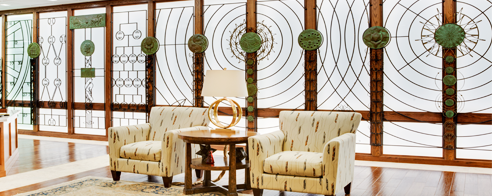Controversy over the Comets
Galileo’s controversy over the comets illustrates how difficult it can be to implement novel research methods in science.
Galileo believed that mathematics is the language of nature. He challenged the established discipline of natural philosophy, or physics, which used non-mathematical methods.
Galileo’s defenses of mathematics as the language of nature occurred in the midst of controversies with fellow mathematicians. Even for mathematicians, mathematical methods alone proved unable to resolve the enigmas they faced.
History of Science
5th Floor Special Collections

This exhibit is located on the 5th Floor Special Collections, accessed through the elevators in the west main lobby of Bizzell Memorial Library. Visit History of Science for visitor information.
Exhibit Highlights
Essential items for a core understanding
Exhibit At A Glance
| 0 |
The Hevelius Sextant
|
|
| 1 |
Illustration and Description of the Incomparably Great Comet (Abbildung und Beschreibung deß wunderwürdigen unvergleichlichen Cometen). Nuremberg, 1680
|
|
| 2 |
Johann Hevelius, On Comets (Cometographia). Gdansk, 1668
|
 |
| 3 |
Johann Hevelius, The Climactic Year (Annus climactericus). Gdansk, 1685
|
Explore the Topic
Supplemental resources for a rich educational experience
 |
Copernican System Learn more about the Copernican system in which the Sun is immobile at the center of the universe. |
 |
Tycho Brahe’s System Learn more about Tycho Brahe, who built the large astronomical observatory of Uraniborg in Hveen. |
 |
Galileo's World Exhibit Guide iBook companion to the Galileo's World exhibition |










